A very rare bird somewhat resembling a Christmas angel with flames spilling from beneath its robes.
Meet the Silver Diamond Firetail
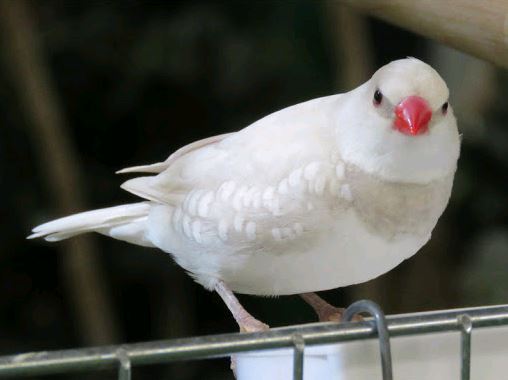
This bird is a variety of diamond firetail (Stagonopleura guttata), that only the most experienced breeders can reliably produce by selecting parents carrying the recessive genes which give rise to this almost pearl white plumage.
The diamond firetail itself is a finch that has a fiery red bill, eyes, and rump. Just below the throat, it has a thick black band that extends horizontally until it reaches the lower part of the wings which are also black with white spots.
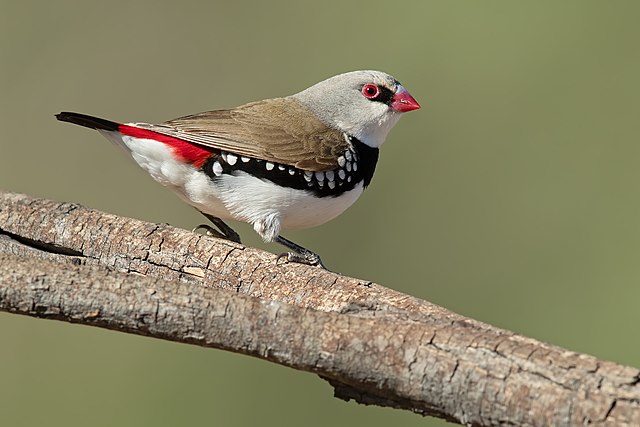
Photo Courtesy of JJ Harrison / CC BY-SA 4.0
Native to southeast Australia, these birds range from the Carnarvon Ranges in Queensland to the Eyre Peninsula and Kangaroo Island in South Australia. They grow to 10-12 cm, weighing in at 17 grams, which is positively gargantuan when you compare it to the mini emu-wren, at just 4 grams.
It’s one of three firetail finches, all of which are native to Australia.
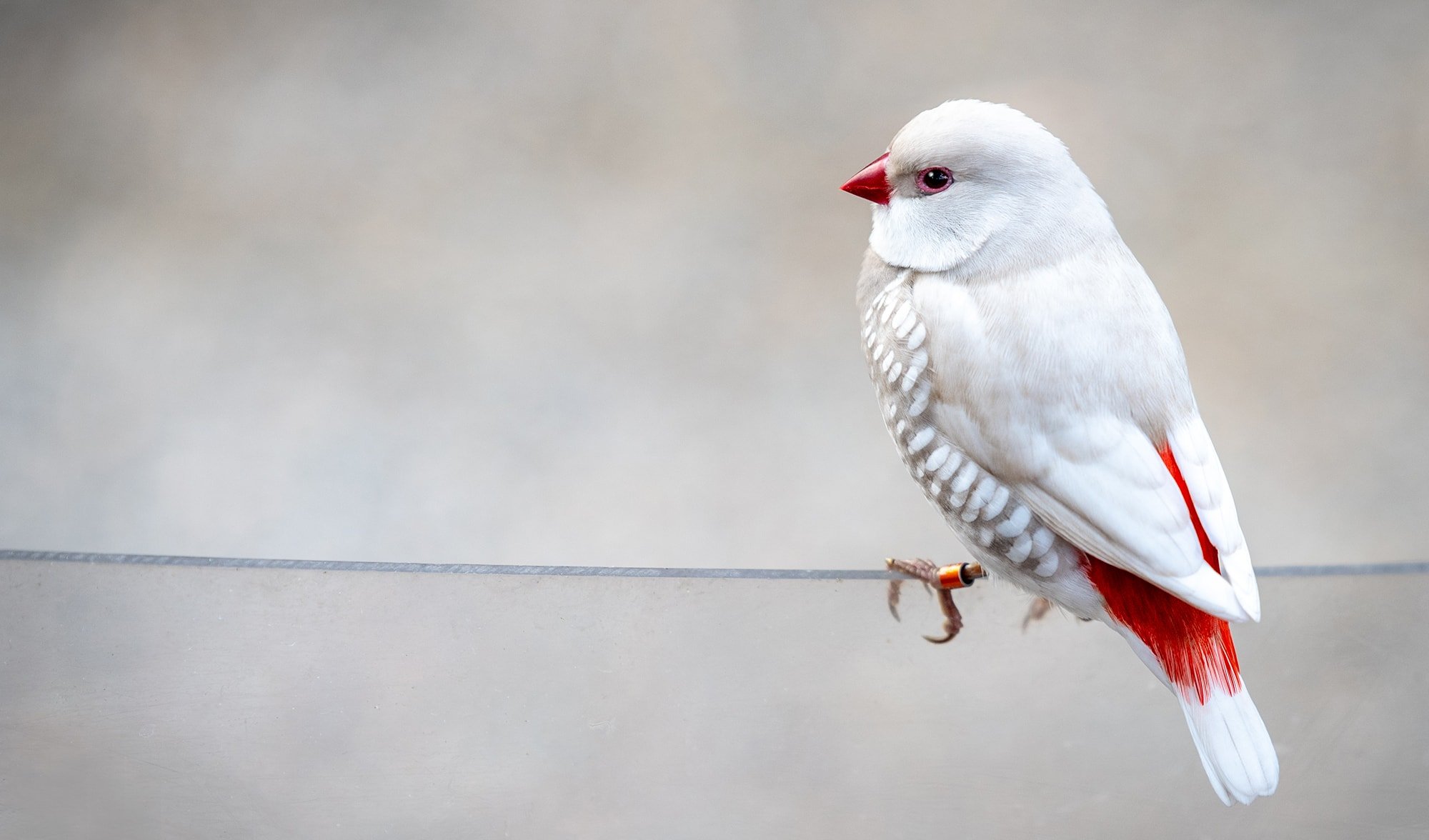
The other two species of firetail are the red-eared firetail (Stagonopleura oculata), found in the southwestern corner of Australia, and the beautiful firetail (Stagonopleura bella), native to the southeastern corner of the country.
Ranging from Newcastle to Kangaroo Island, the beautiful firetail is also found throughout much of Tasmania. In fact, it’s the only finch species that occur naturally on the island.
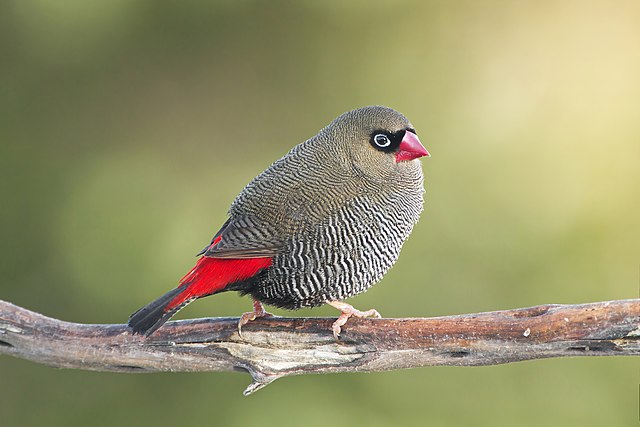
Photo Courtesy of Charles J. Sharp / CC BY-SA 4.0
While it might not have the most creative name in the world, it sure is apt. With a fat little body, a wide red beak, eyes rimmed in sky blue, and the most brilliant crimson tail, the beautiful firetail is a striking species to spot in the wild:
Keeping to coastal scrublands and forests, it’s a tricky bird to track down, but if you’re going to find it anywhere, it’ll be near water. And let’s just say when they get there, they’re not exactly quiet.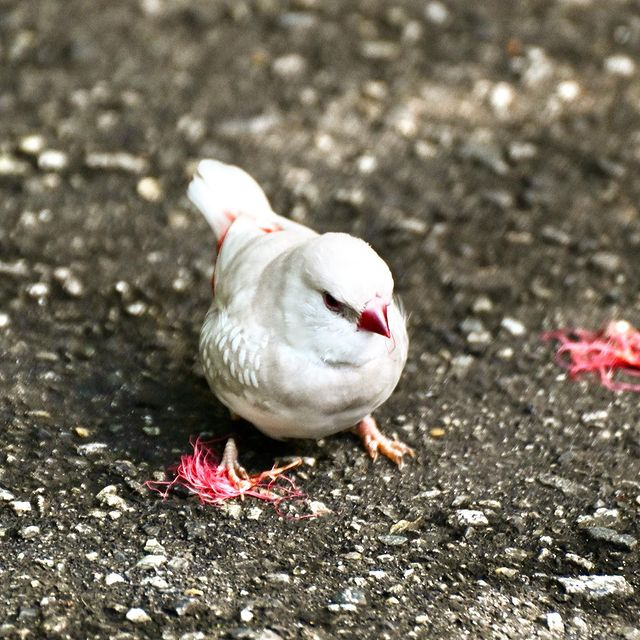
Australia’s firetail finches are not technically classified as threatened, but their numbers are declining, and things like habitat loss, feral cats, and other native birds such as the pied currawong are serious threats.
The good news is there are active measures being taken to ensure their numbers don’t continue to dip to dangerous levels.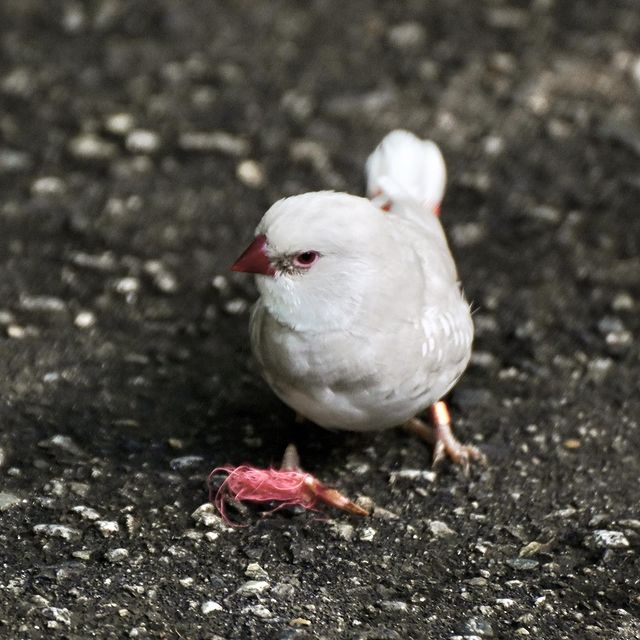
Here’s one more picture for the road, because we just can’t get over how striking these little finches are
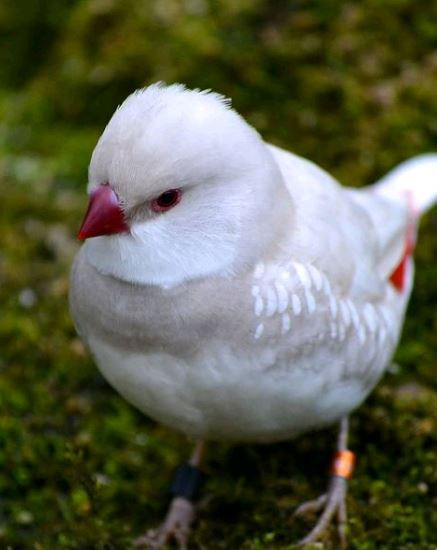
Photo Courtesy of Instagram/ra.ge.photography




